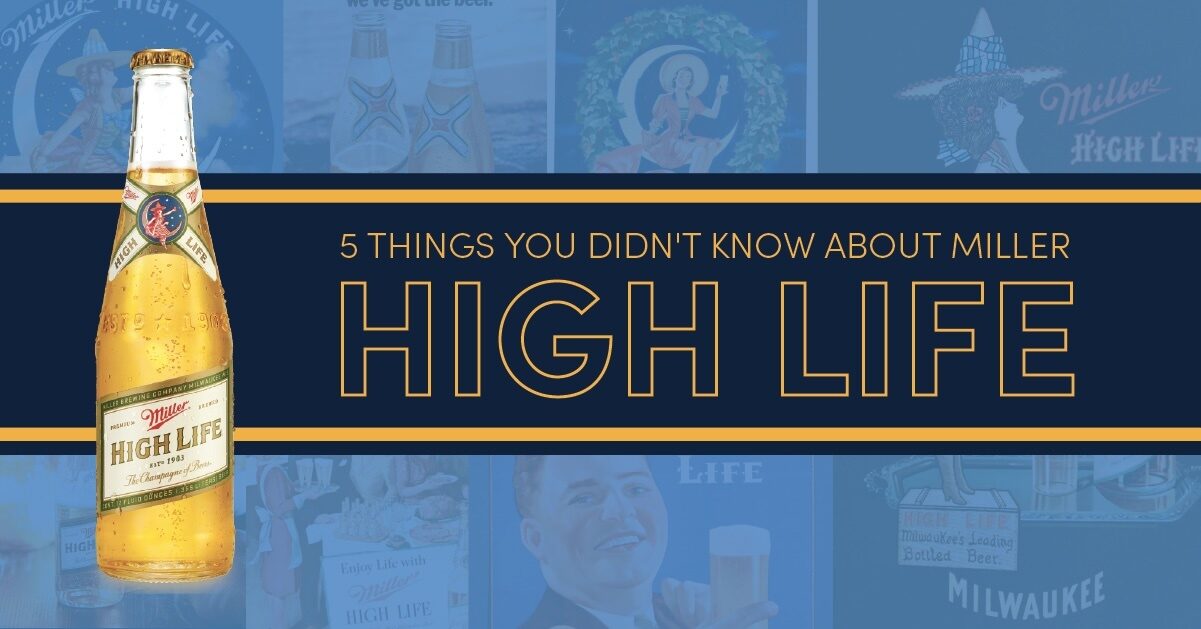It’s only fitting that Miller High Life marks its 120th anniversary on Dec. 30. Is there a more appropriate time to celebrate the Champagne of Beers than right before the new year?
When Miller Brewing Company introduced Miller High Life in 1903, it was an established Milwaukee brewery serving the Midwest with products like Miller Munchener, Miller Export and Miller Buffet. With High Life, it aimed to give American drinkers a more elegant option, served in a clear Champagne-style bottle.
“It was advertised from the beginning as a beer that was not really made to be consumed in a tavern or a saloon, but on the tables of the best restaurants in the city or the country for that matter,” says Daniel Scholzen, Miller’s archivist.
For more than a century, Miller High Life has been a favorite choice of American drinkers to celebrate life’s everyday moments. And while its slogan and its Girl in the Moon icon are well known, here are a few things you might not know about the Champagne of Beers.
The stories behind the Girl in the Moon
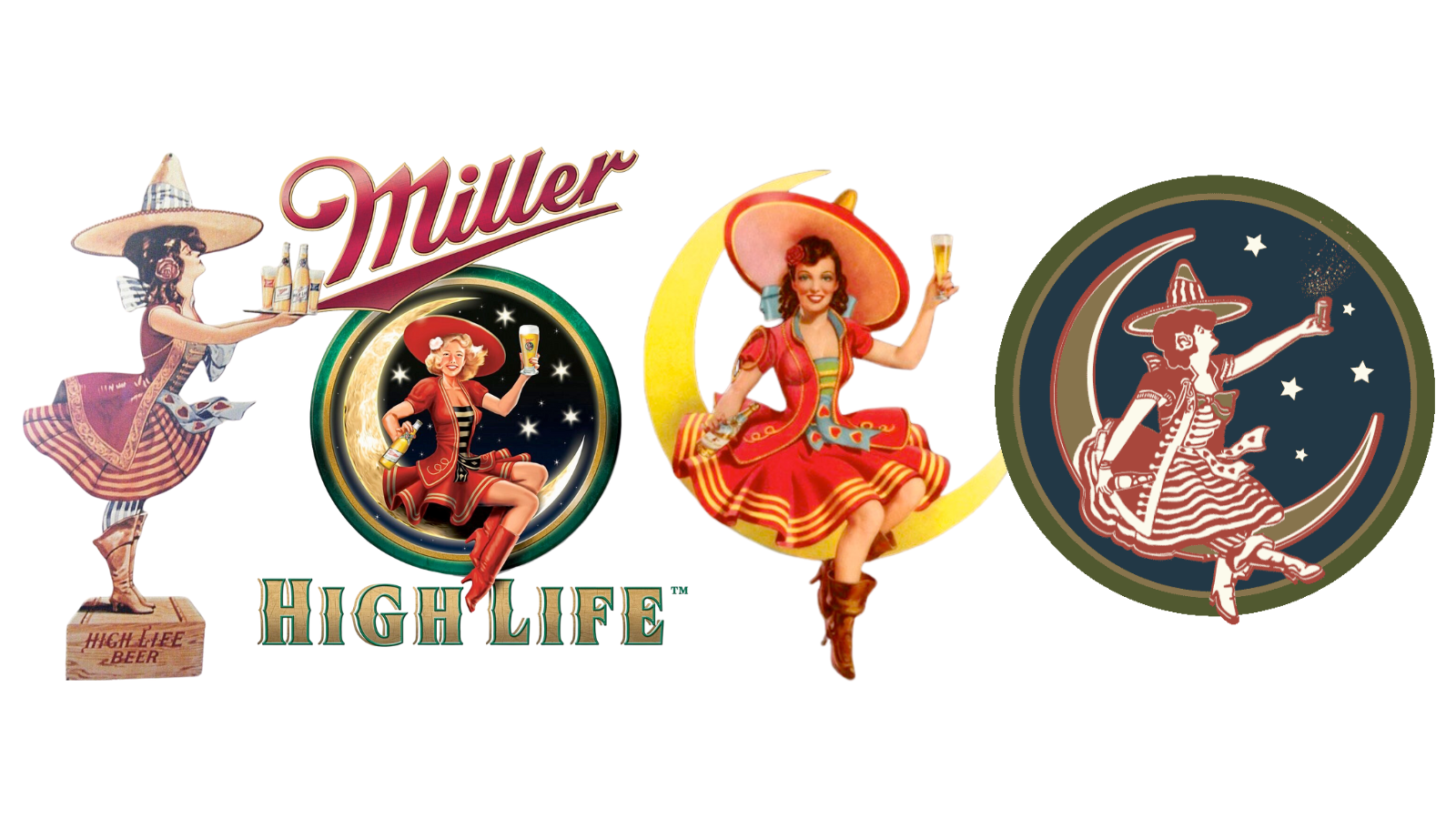
Perhaps the most famous icon associated with Miller High Life is the Girl in the Moon, a figure who’s been associated with the brand since 1906. So who is she?
The short answer is, no one really knows. Her origins are clouded in mystery.
Some say she was inspired by artwork the Miller family acquired in Mexico. Another story goes that a Miller advertising executive was lost in the woods and had a vision that led to the Girl in the Moon. Other lore suggests she was based off a Miller family member.
What we do know is that the nameless Girl wears what appears to be an early 20th-century circus costume, wearing a large sombrero-like hat and holds a whip. She sits on the edge of a crescent moon beckoning you to join her for a High Life. In earlier versions, she stood on a crate holding a tray of High Life, before moving to the moon, which was a popular motif of the time, Scholzen says.
“It’s hard to pin down her exact origins, but that lends a little more mystery to her as a figure,” he says.
Read more about the Girl in the Moon here.
High Life was sold during Prohibition
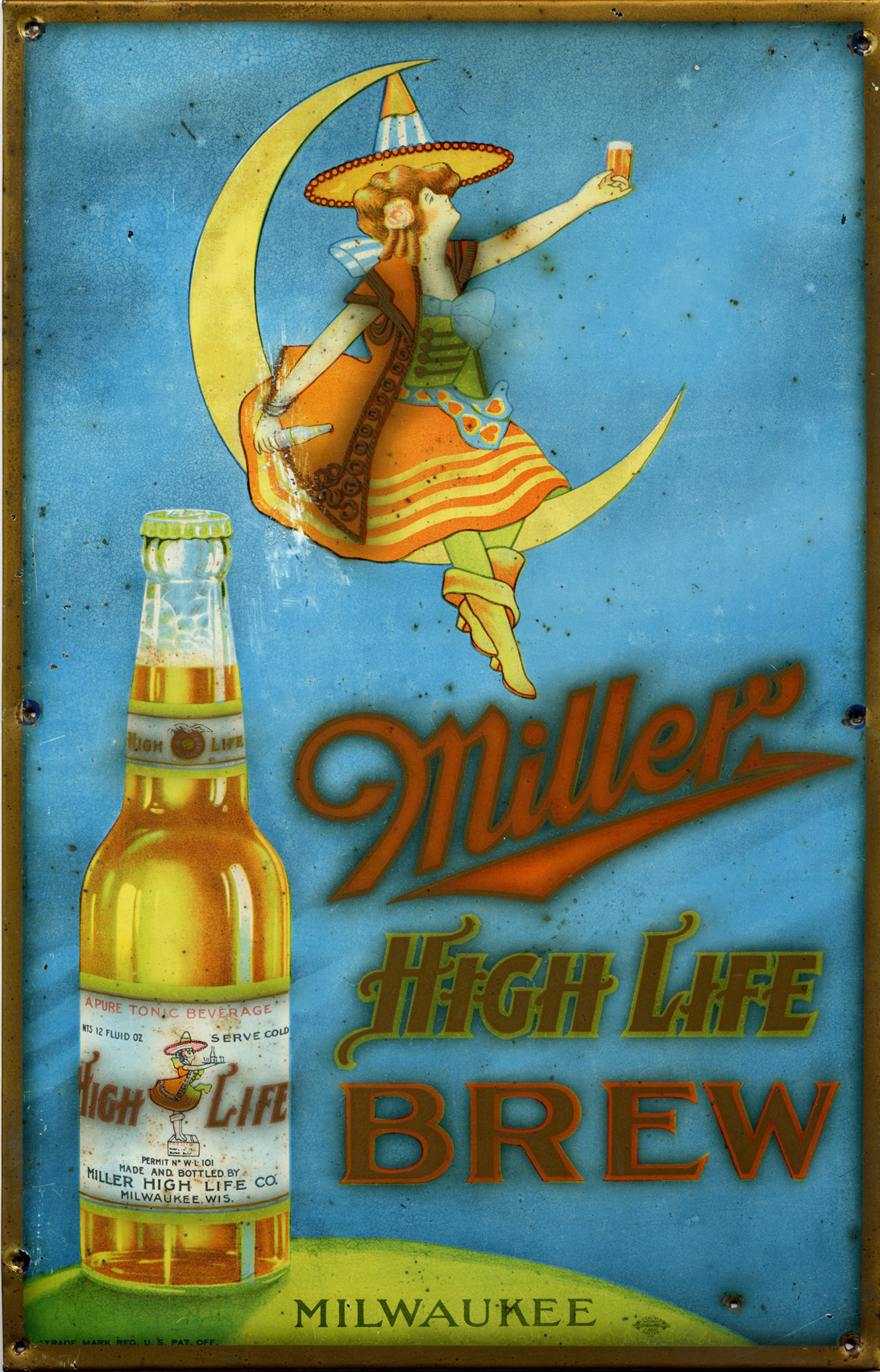 About 93% of U.S. breweries didn’t survive Prohibition, and Miller High Life has the distinction of being brewed throughout the 12-year ban on beer. That means it’s been continually brewed for 120 years, quite a feat, indeed.
About 93% of U.S. breweries didn’t survive Prohibition, and Miller High Life has the distinction of being brewed throughout the 12-year ban on beer. That means it’s been continually brewed for 120 years, quite a feat, indeed.
While full-strength beer was outlawed, High Life was sold as a non-alcoholic brew.
“It was sometimes advertised as a cereal beverage or a tonic,” Scholzen says. “It continued to be produced in the same clear bottles, almost exact same packaging, still with the Girl in the Moon.”
High Life expanded the brand during Prohibition to include things like malt syrups and malt tonics, as well, Scholzen says.
“The High Life name survived and so did the Girl in the Moon, so that by the time Prohibition ended, it was a very easy transition,” he says.
Post-war beer boom
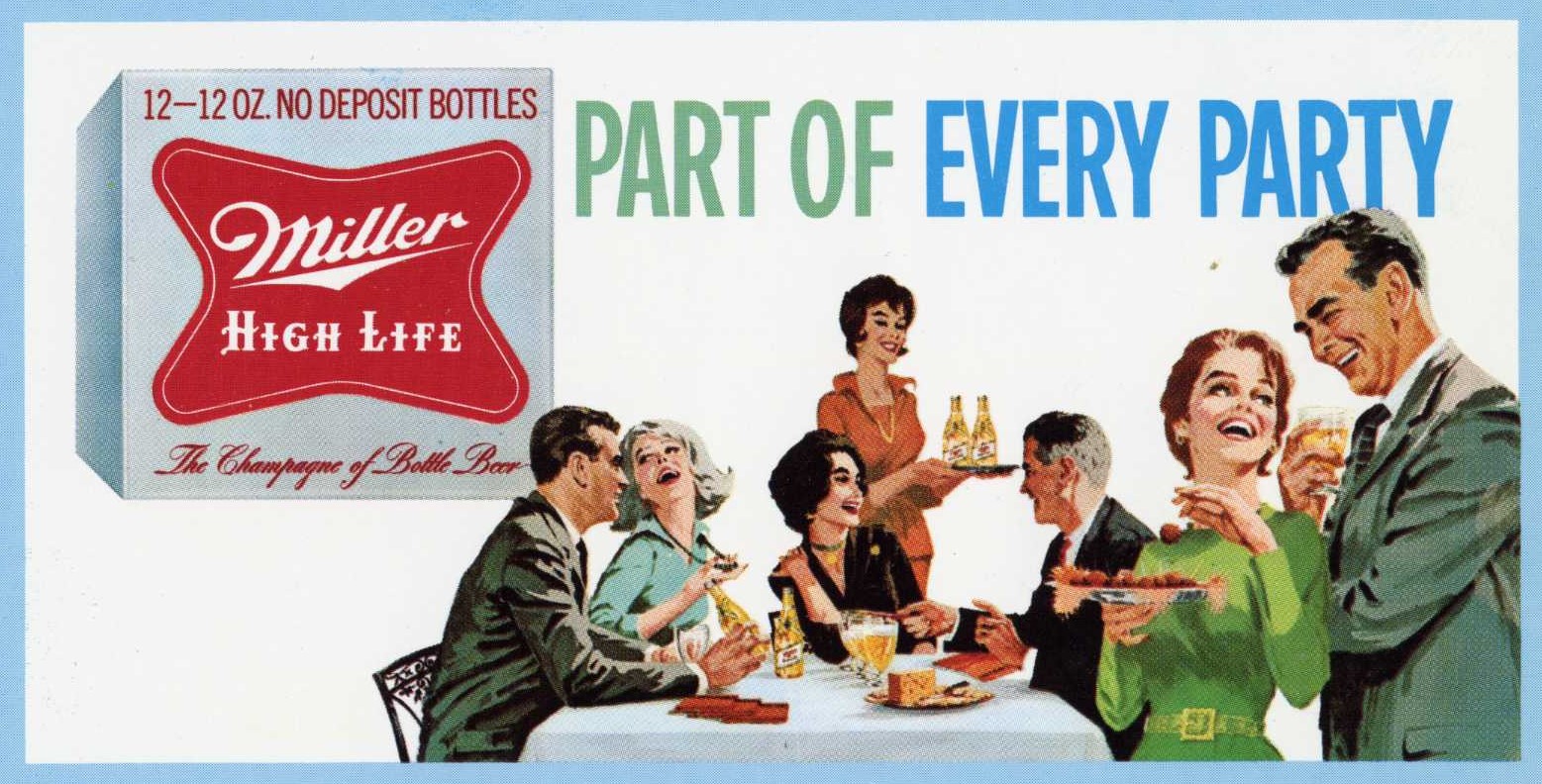
During World War II, Miller did away with Munchener, Export and Buffet, leaving High Life as its sole product. And, having gotten a taste of High Life serving overseas, GIs coming home couldn’t wait to get their hands on the beer, Scholzen says.
High Life was so popular that Miller was literally unable to make enough to meet demand. In fact, it had to ration supplies to distributors, leading to thirsty folks driving to Wisconsin or other markets where it was sold to essentially smuggle the beer back home, Scholzen says.
“(Brewery president) Fred C. Miller said at one point, around 1950, that if they could make 5 million barrels, he could sell every drop,” he says.
That resulted in the brewery embarking on a massive expansion project to enable it to brew more High Life. And with High Life being Miller’s only product, it was the backbone of the brewery’s continued growth.
The soft cross
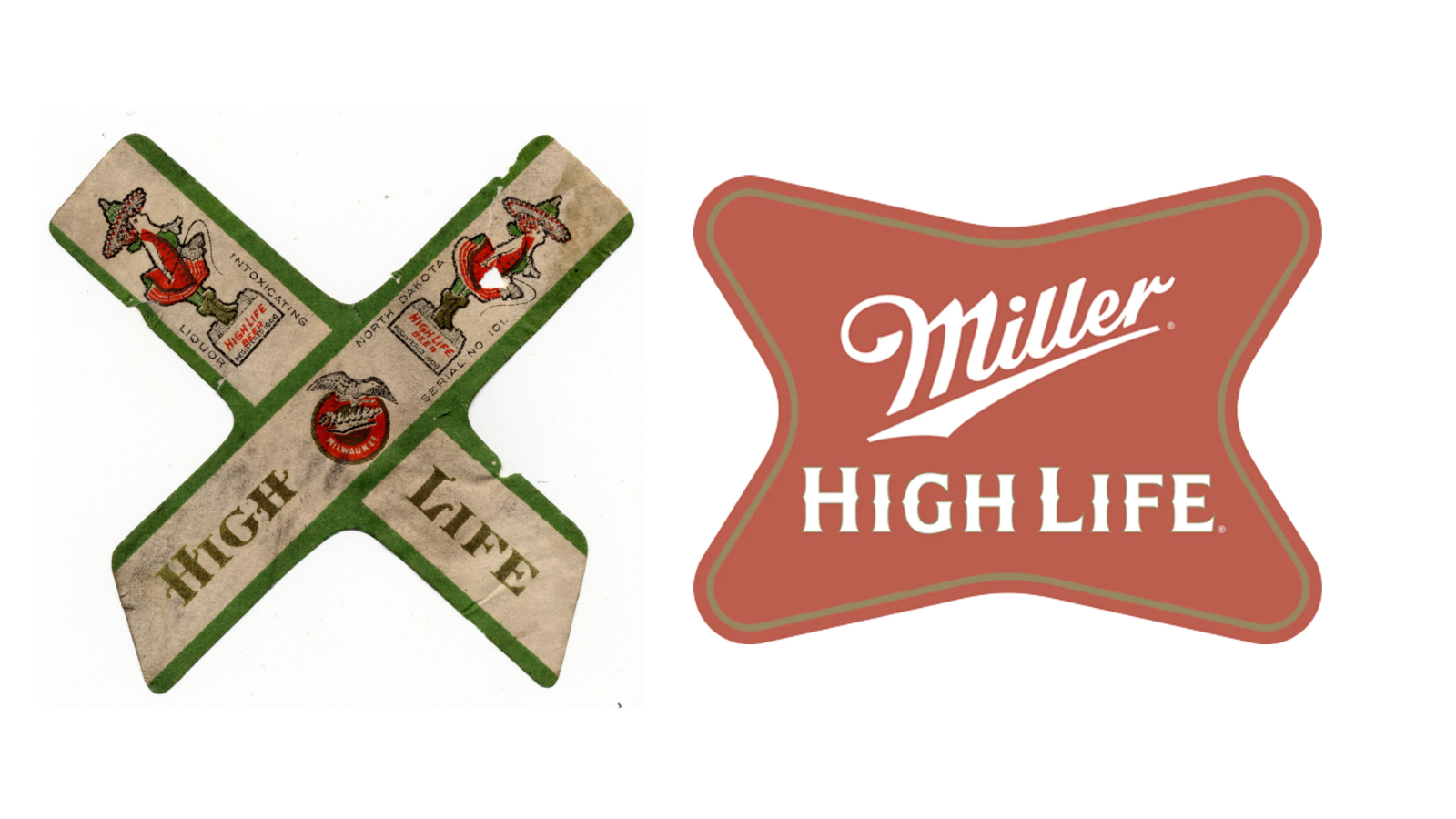
Another iconic image associated with Miller it what’s known as the soft cross. The logo sits high above the Milwaukee brewery and is visible for miles. And it’s inspired by Miller High Life’s neck label.
The red Miller soft cross was introduced in 1954, as a modern version of the historic criss-cross label that early High Life bottles sported. Over time, the edges of the High Life label were rounded, evolving into what is now the most visible logo associated with Miller.
Miller time
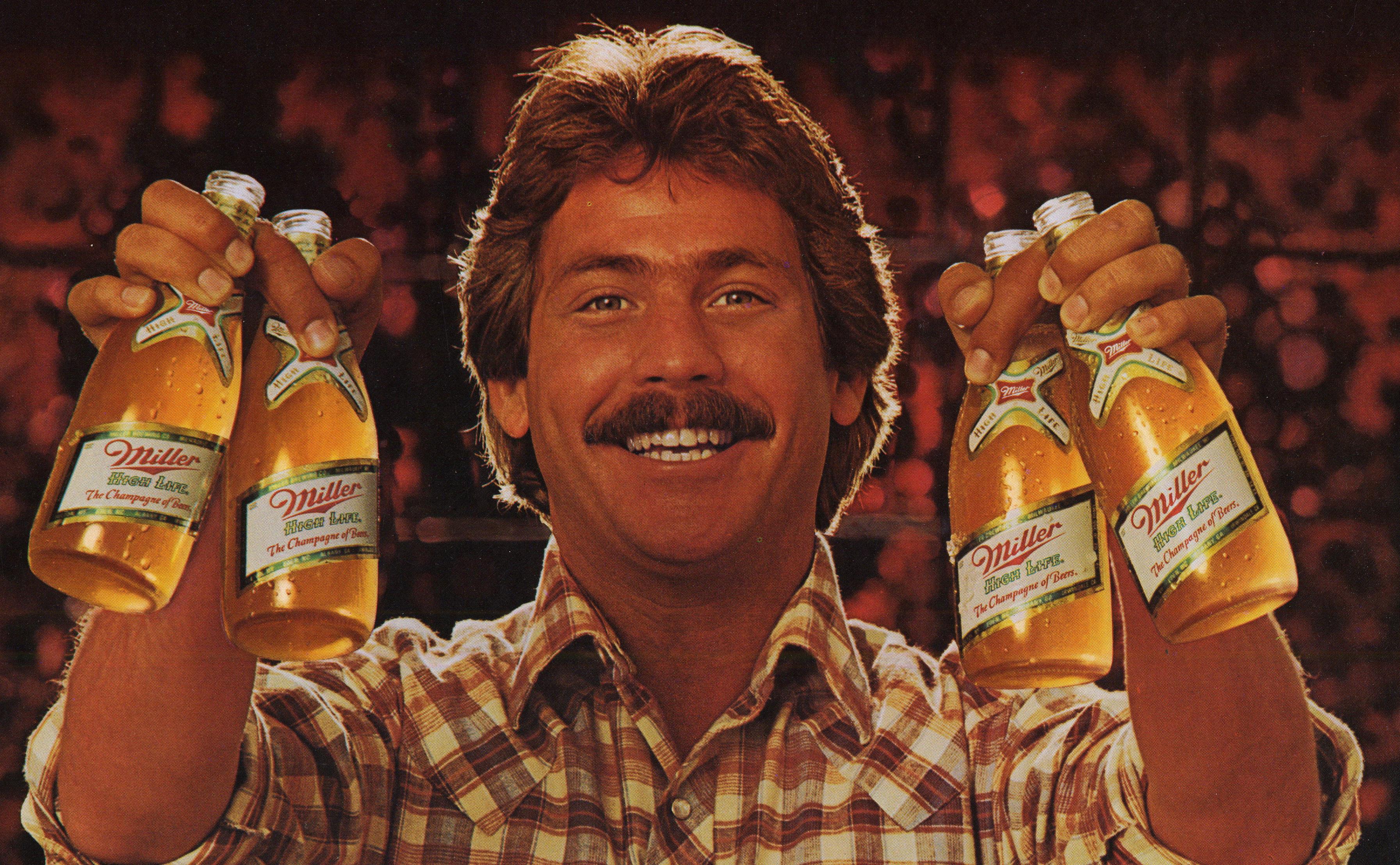
When people think of Miller Time today, they think of Miller Lite and good times with friends and family. But the phrase originated with High Life as part of an advertising campaign to reignite the brand during a time when beer sales were sagging across the U.S.
“Miller Time entered popular culture in the early 1970s and it never left,” Scholzen says.
It was popularized by a jingle heard on TV and radio ads, telling people, “If you’ve got the time, we’ve got the beer.”
“With a rippling, unhurried piano accompaniment, the song became an instant hit. Earlier commercials with a country club feel were replaced by oil workers and longshoremen at work, and then relaxing after work. The ads’ emphasis was youthful, masculine and contemporary. High Life sales soared, reaching a peak in 1979,” wrote Paul Bialas in his book, “Inside the High Life.”
The campaign was a success, and with High Life revitalized, the brewery was able to turn its attention to launching a new product in 1975: Miller Lite.
With two hot brands, Miller went from the seventh-largest brewery in the U.S. in 1970 to the second-largest seven years later.
It’s safe to say that the longevity of Miller Brewing was built on the success of High Life. The brand today is a staple of taverns, a favorite of bartenders and stands for celebrating life’s everyday moments.
But little else has changed in 120 years. It even uses the same strain of the brewer’s yeast that Frederick Miller brought with him when he founded the brewery in the 1850s.
That’s something to celebrate.

